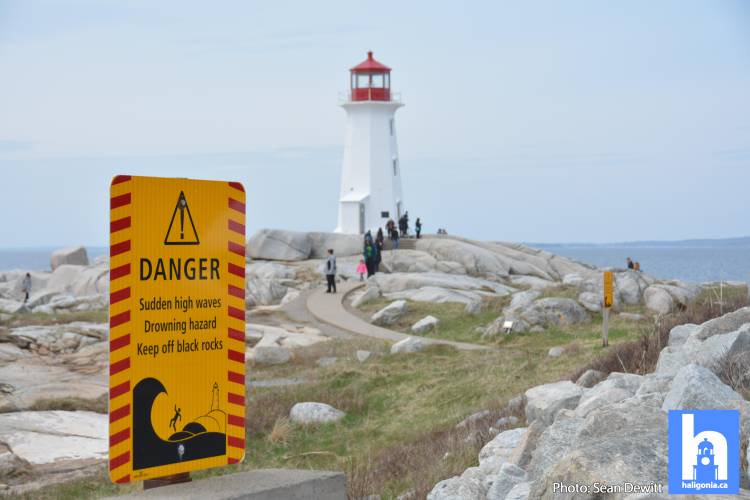**** NS GOVERNMENT MEDIA RELEASE
Safe on Shore
Nova Scotia’s coastal areas are there for you to enjoy. Make your experience safe and memorable by watching for shoreline hazards.
Potential shoreline hazards
Access
Easy access to shorelines and coastal areas means you can expose yourself to risks you can’t control.
Slippery rocks
The area between the exposed shoreline and underwater rocks can be extremely slippery. Slippery rocks make it easy to fall in and hard to get out.
Rocky shallows
Waves and rocky shallows make it hard for rescue vessels and rescuers to reach you in the water.
Vegetation
Algae and seaweed grow on rocks in and near the water, making the rocks very slippery.
Unpredictable waves
Large waves can surge unexpectedly, even when the weather is clear.
Cold water
The ocean water in Nova Scotia can be cold enough to cause shock if you fall in suddenly. Shock can affect your breathing and ability to swim.
Currents
Moving ocean water creates strong currents near the shore. These include dangerous riptides.
Storm surges
During storms or hurricanes, waves on the coast can reach up to 5 metres high, or 15 feet.
Rescue
If you try to rescue a person from the water, you face the same dangers as the victim—cold water, strong waves, and ocean currents.

